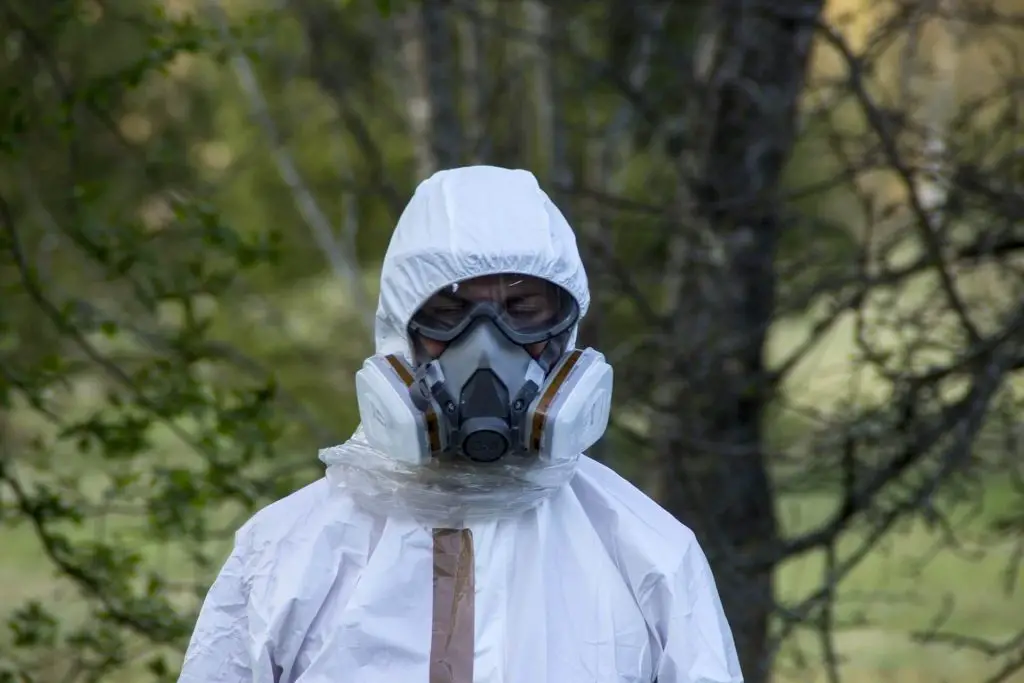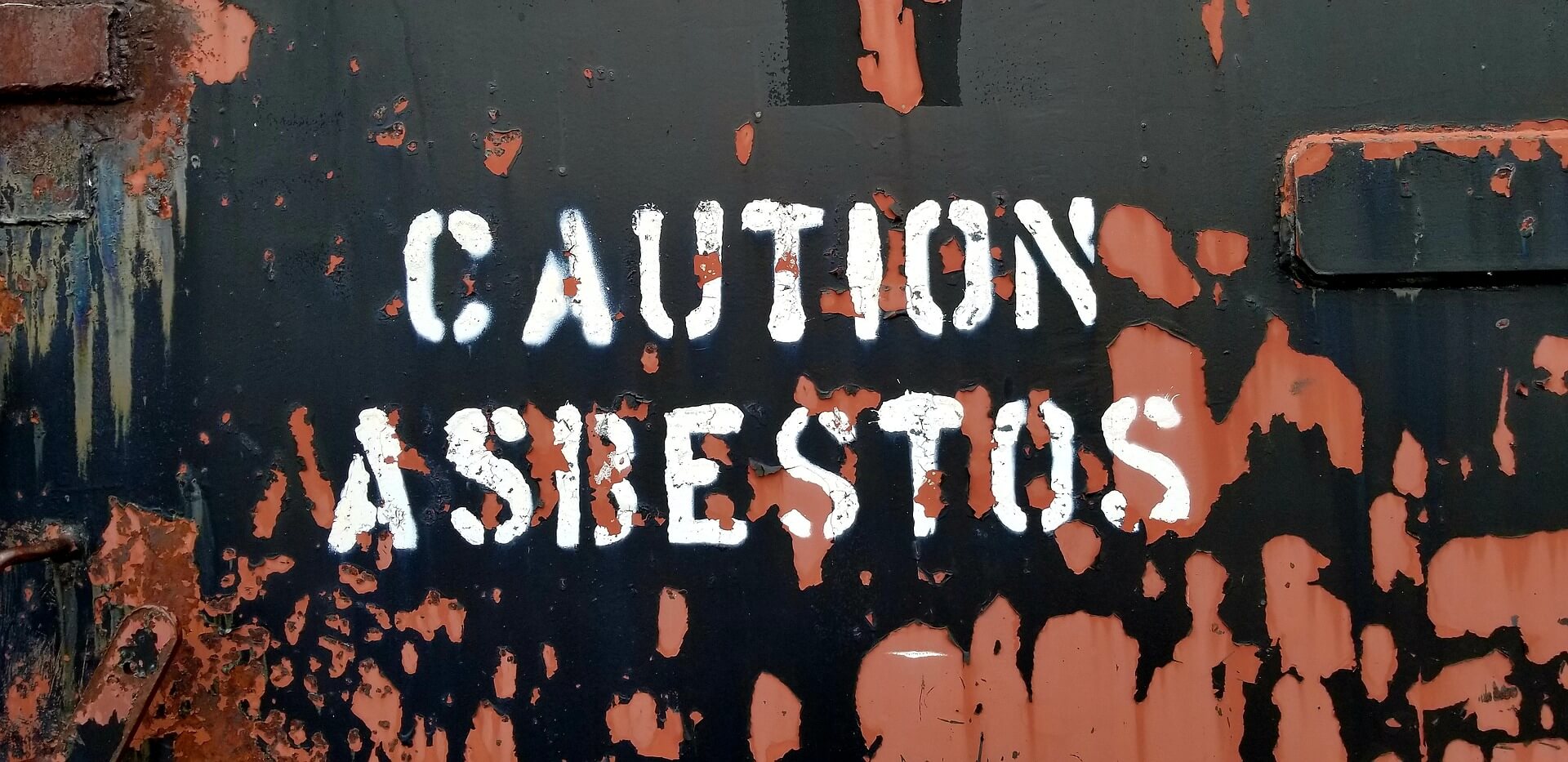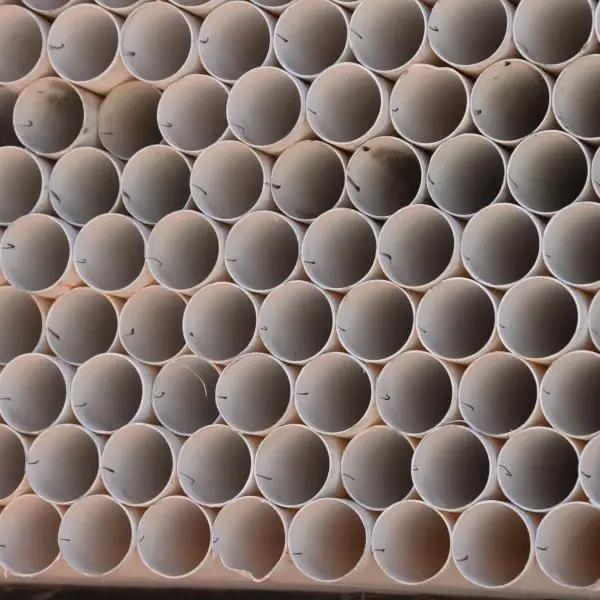Asbestos adhesives have been widely used throughout the 20th century. Asbestos was found in cement, sealants, and many other different types of glue.
While asbestos isn’t an ingredient in today’s adhesives, many old buildings still have plenty of asbestos residue hidden beneath the flooring, wallpapers, and pipes.
To prevent asbestos from damaging your health, the residue must be removed carefully and by a professional. Before removal, the presence of asbestos must be first identified, and that’s what we will discuss in this article.
Read on to learn more about asbestos adhesives and how to identify them.
Asbestos & Its Use In Adhesives
Before we move on to the identification, let’s learn more about asbestos itself.
We will borrow the Asbestos.com definition of what asbestos is.
Asbestos is a group of six naturally occurring minerals that are composed of thin, soft, needle-like fibers that have excellent heat resistance.
Asbestos.com
Asbestos was discovered and first used in construction in the 19th century. Asbestos adhesives gained popularity and were used more and more at the beginning of the 20th century.
The peak of asbestos use in adhesives was around the mid 20th century. After that, the adhesive manufacturers progressively abandoned asbestos and turned to safer alternatives.
The last known and commercially available adhesives that contained asbestos were produced in 1984. After that, there was no asbestos glue mass-produced.
What Was It Used For

Asbestos was used for nearly every application in construction where adhesion was necessary.
Ceiling, flooring, roofing, and wallpapers were just some of the many areas where asbestos adhesives were widely used. Insulation was probably the first known area where a toxic amount of asbestos was used.
Adhesives that were asbestos-based contained anywhere from 5, to 60% asbestos. That amount of asbestos is a serious health hazard and can cause many diseases.
One of the most common adhesives that are still found today in many homes is black asbestos mastic. It’s a tar-like glue that was extremely popular for flooring work. We will go into detail about this adhesive later in the article.
Other than construction, asbestos was often used in heavy industry and shipbuilding.
Is It Used Today
Asbestos remains on the market and is still used today in many products, although not in adhesives anymore.
All the products that contain asbestos today legally can’t contain more than 1% asbestos. Because of that, asbestos can be used safely with no health risks.
While there is no asbestos glue on the market today, we are left with millions of old properties that were built on asbestos adhesives. The asbestos glue residue isn’t dangerous in a dried, hardened state but can become toxic if it gets airborne.
That’s why it’s important to check for the presence of asbestos glue in areas where it was known to be used.
How To Tell If The Glue Has Asbestos
No adhesive today will contain toxic amounts of asbestos. All of the adhesives used today don’t have any hazardous ingredients and are perfectly safe to use.
But that doesn’t mean that the previously used asbestos glue can’t be found or isn’t dangerous today.
If you’re an owner of a home that was built before the mid-1980s, chances are that you have some asbestos glue residue left in your home.
When dry and undisturbed, the asbestos isn’t dangerous, but if you plan to renovate the home, checking for asbestos presence is a must.
How Old Is The Property

Homes built post-1984 have a minimal chance of asbestos adhesive presence. The asbestos glue was abandoned after the mid-1980s, so you don’t have to worry about it in that case.
If you, however, are an owner of a home built before the mid-80s, you should investigate further.
Visual Identification
The most commonly used glue that contained toxic amounts of asbestos was black asbestos mastic that we mentioned earlier in the article.
This adhesive was used for all types of flooring and is most commonly found in old homes. It’s known for its mat black color, so that should be the first clue.
If you see a tar-black residue beneath the cracked tile, there is a possibility that the black asbestos mastic residue is present.
What To Do After Inspection
If you have reasonable doubt to suspect asbestos presence, the next thing you should do is call a professional. Never try to remove the adhesive yourself if you don’t have prior experience with it.
The professional contractor will safely examine the question areas and will detect the presence or absence of asbestos glue.
After the identification of all potential areas containing asbestos, safe removal by a professional can be arranged.
We repeat, never try to remove the asbestos yourself. You risk serious health diseases such as various cancers, mesothelioma, pleural plaques, and more!
Frequently Asked Questions
What color is asbestos adhesive?
The most common asbestos adhesive called black asbestos mastic has a distinctive tar black color.
If your home was built before the 1980s, and you noticed the presence of black residue under flooring, call a professional for asbestos inspection.
How do I get rid of black asbestos mastic?
Never try to remove the black asbestos mastic yourself. You can potentially expose yourself to invisible airborne asbestos fibers that are known to cause cancer and other serious diseases.
Call a professional for an inspection and further removal if asbestos mastic is identified.
When did Asbestos stop being used in flooring?
Asbestos adhesives were very frequently used for flooring until their decline in the 1960s. Although they were not as common after that, they were used up until the mid-1980s.
Conclusion
Asbestos isn’t something to play with. It’s a highly toxic mineral that can cause cancer and other diseases if inhaled. It’s not worth it to neglect the possibility of the presence of asbestos adhesives.
If your home was built before the 1980s, you should always call a professional for an inspection of possible asbestos presence before doing any renovation work.
Failure to inspect asbestos can lead to serious health issues and lawsuits, so it is in your best interest to thoroughly check your residence with a help of a professional.








